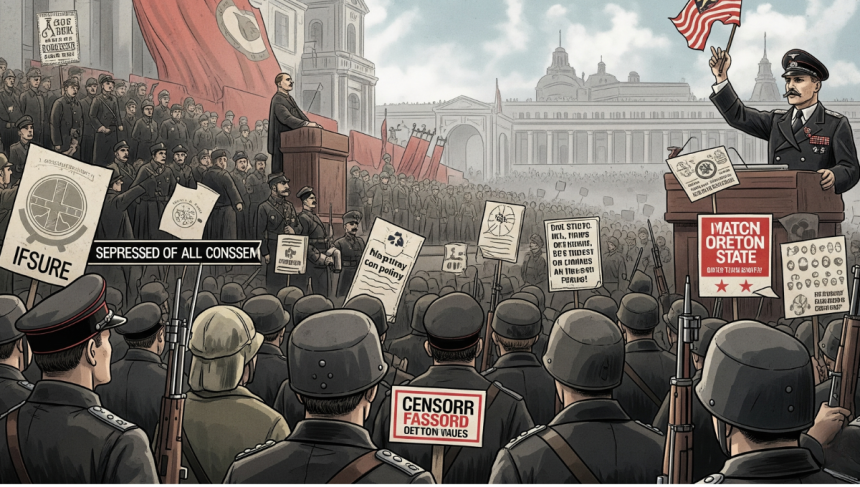The term “fascisterne” is the Danish word for “the fascists.” It refers to individuals or groups who support or promote fascism, a far-right, authoritarian political ideology. While the term has its roots in early 20th-century European history, it continues to surface in modern political discussions across Europe and beyond.
In this article, we’ll break down what fascisterne means, where it originates from, its historical background, modern implications, and how it’s understood in today’s context—especially in Denmark and other European countries.
🔍 What Does “Fascisterne” Mean?
Fascisterne is the plural form of “fascist” in Danish. It generally refers to:
-
Supporters of fascist ideologies
-
Members of fascist political parties or groups
-
Individuals with ultra-nationalist, authoritarian, and anti-democratic beliefs
The word often carries strong negative connotations due to its association with totalitarian regimes and oppressive political systems.
📚 Historical Origins of Fascism
The fascist movement began in Italy during the aftermath of World War I, led by Benito Mussolini. It emphasized:
-
Extreme nationalism
-
Centralized autocratic leadership
-
Suppression of political dissent
-
Glorification of military power and violence
This ideology later inspired similar movements across Europe, most notably Nazi Germany under Adolf Hitler.
During World War II, fascist regimes were responsible for mass atrocities, wars of aggression, and the suppression of civil liberties. As a result, the term “fascisterne” became synonymous with oppression, war, and dictatorship.
🇩🇰 Fascisterne in a Danish Context
In Denmark, the term “fascisterne” is often used to describe far-right groups or individuals that adopt fascist-like behavior or ideology. While Denmark was occupied by Nazi Germany during WWII, it also had its own fascist organizations, such as:
-
The Danish National Socialist Workers’ Party (DNSAP)
-
Other pro-German groups during the 1940s
Although these parties lost influence after the war, the term “fascisterne” occasionally reappears in political debates, especially when discussing:
-
Anti-democratic movements
-
Far-right extremism
-
Hate speech and intolerance
⚠️ Modern Usage and Misuse
Today, the term “fascisterne” is sometimes used broadly—and often inaccurately—to describe any group perceived as authoritarian, conservative, or nationalist. While this usage can be politically charged, it’s important to differentiate between true fascist ideology and general political opposition.
True fascism includes key features like:
-
Rejection of democracy
-
Cult of a strong leader
-
Militarism and violence
-
Opposition to diversity and individual rights
Simply holding conservative views does not equate to being part of “fascisterne.”
🧠 Why Understanding “Fascisterne” Matters Today
Understanding the term “fascisterne” is essential for recognizing the signs of political extremism and protecting democratic values. By studying history, citizens can remain alert to movements that seek to undermine freedom, equality, and human rights.
Key Reasons to Stay Informed:
-
To recognize early signs of extremism
-
To prevent the repetition of history
-
To promote respectful and factual political discourse
✅ Final Thoughts
“Fascisterne” is more than just a historical reference—it’s a reminder of how fragile democracy can be in the face of authoritarianism and hate-driven ideology. Whether you’re learning about fascism’s impact on European history or analyzing its echoes in modern society, understanding this term is crucial for making informed political and cultural decisions.
✍️ Remember:
Words like fascisterne carry weight. Use them thoughtfully, and always back your understanding with knowledge—not just emotion.







